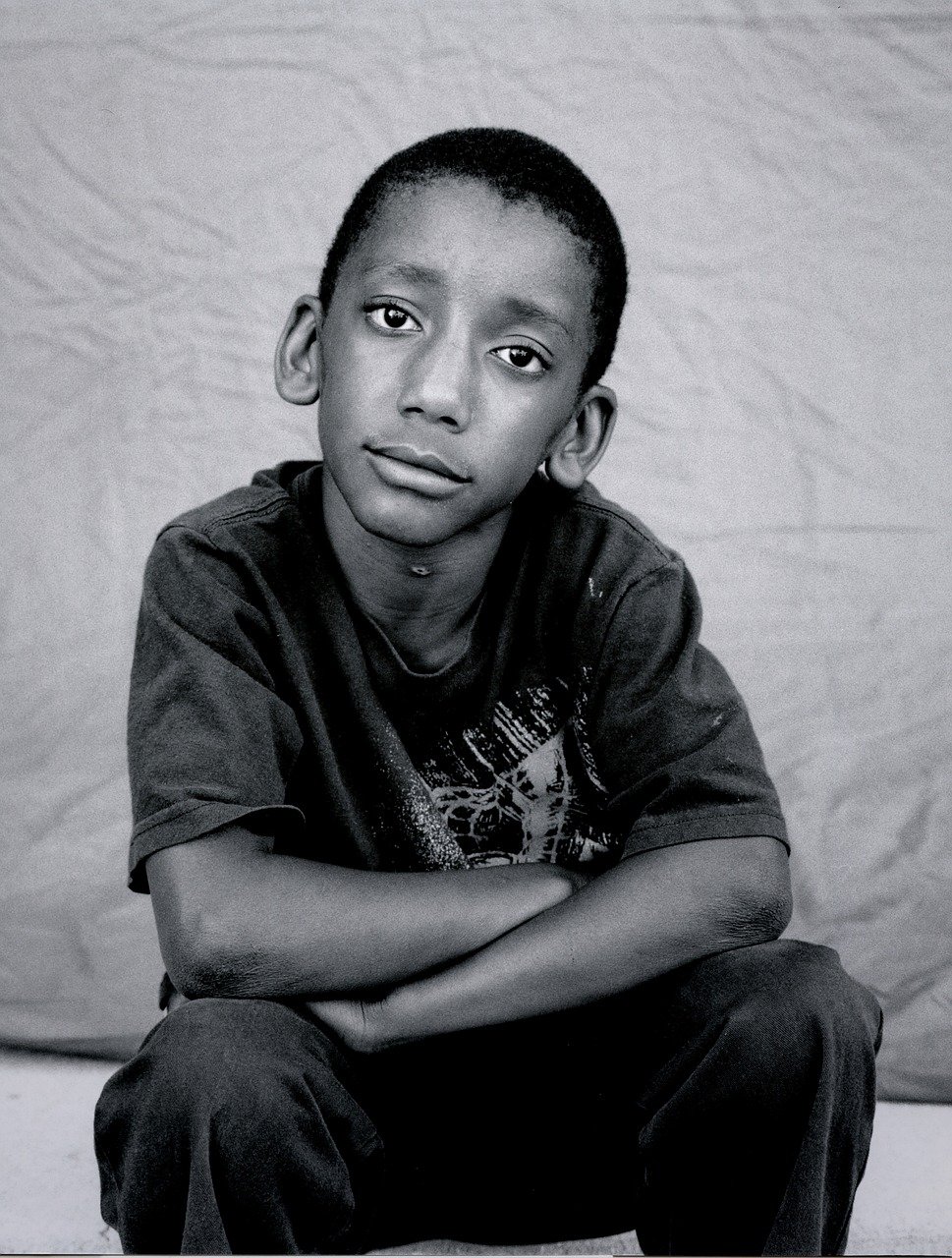Child Abuse
It’s not always easy to recognize when a child has been abused. Children who are abused are often afraid to complain because they are fearful that they will be blamed or that no one will believe them. Additionally, the person who abused them may be someone they love very much and want to protect. Parents are often unable to recognize symptoms of abuse because they may not want to face this reality.
If you suspect a child has been sexually abused, the child should be examined as soon as possible by a trained healthcare professional; it can’t be stressed enough that an abused child needs immediate access to special support and treatment. A doctor’s exam should not be delayed for any reason. Many signs of injury related to sexual abuse are temporary. Ideally, the exam should occur within 72 hours of the event or discovery. A complete physical exam must always be performed so that the examiner can look for any signs of physical or sexual abuse. These two forms of abuse may coexist. The longer the abuse continues, the less likely the child will make a full recovery.
Watch out for unexplained changes in your child’s body or behaviour. Conduct a formal examination only if you have reason to suspect your child has been abused. Otherwise, the child may become fearful.
Types of Abuse
Psychological Abuse / Emotional Maltreatment
A repeated pattern of caregiver behaviour or extreme incident (s) that convey to children that they are worthless, flawed, unloved, unwanted, endangered, or only of value in meeting another’s needs.
Physical Indicators
-
- Constant shaming
- Humiliating a child
- Bedwetting which is non-medical in origin
- Psychosomatic complaints
- Child’s physical appearance
Behavioural Indicators
-
- Reluctance to play or participate
- Extreme withdrawal or aggressive
- Too well-mannered i.e. neat/clean
- Fear of consequences of actions, hence often lying
Physical Abuse
Physical abuse is the intentional use of physical force against the child that results in harm to the child’s health, survival, development or dignity.
Physical Indicators – Injuries
-
- Bruises, cuts, bite marks, fractures, burns
- Injuries may not be consistent with the explanation given
- Injuries that are internal
- Injuries that appear to have a pattern
- Various injuries over a period of time
Behavioural Indicators
-
- Attempts to run away from home and/or the fear of going home
- Shies away from touch, flinches at a sudden movement
- Unwilling to talk about the injury or inconsistent information
- Extremely aggressive or withdrawn
- Looks unhappy or cries frequently
Neglect
Failure of a parent or caregiver to provide needed food, clothing, shelter, medical care, or supervision to the degree that the child’s health, safety or well-being may be threatened with harm.
Physical Indicators
-
- Poor hygiene practices
- Development delays in weight, language
- Abandonment
- Unsupervised
- Unattended medical and dental need
Behavioural Indicators
-
- Steals food, begs to satisfy hunger
- Drops out of school
- Delinquent
- Drugs/alcohol abuse
- Falls asleep in class
- Informs that there is no supervision at home
- Lack of parental participation and interest
Sexual Abuse
A child is sexually abused when an adult or older adolescent abuses a child for sexual stimulation. It is the participation of a child in a sexual act aimed toward the physical gratification or the financial profit of the person committing the act.

